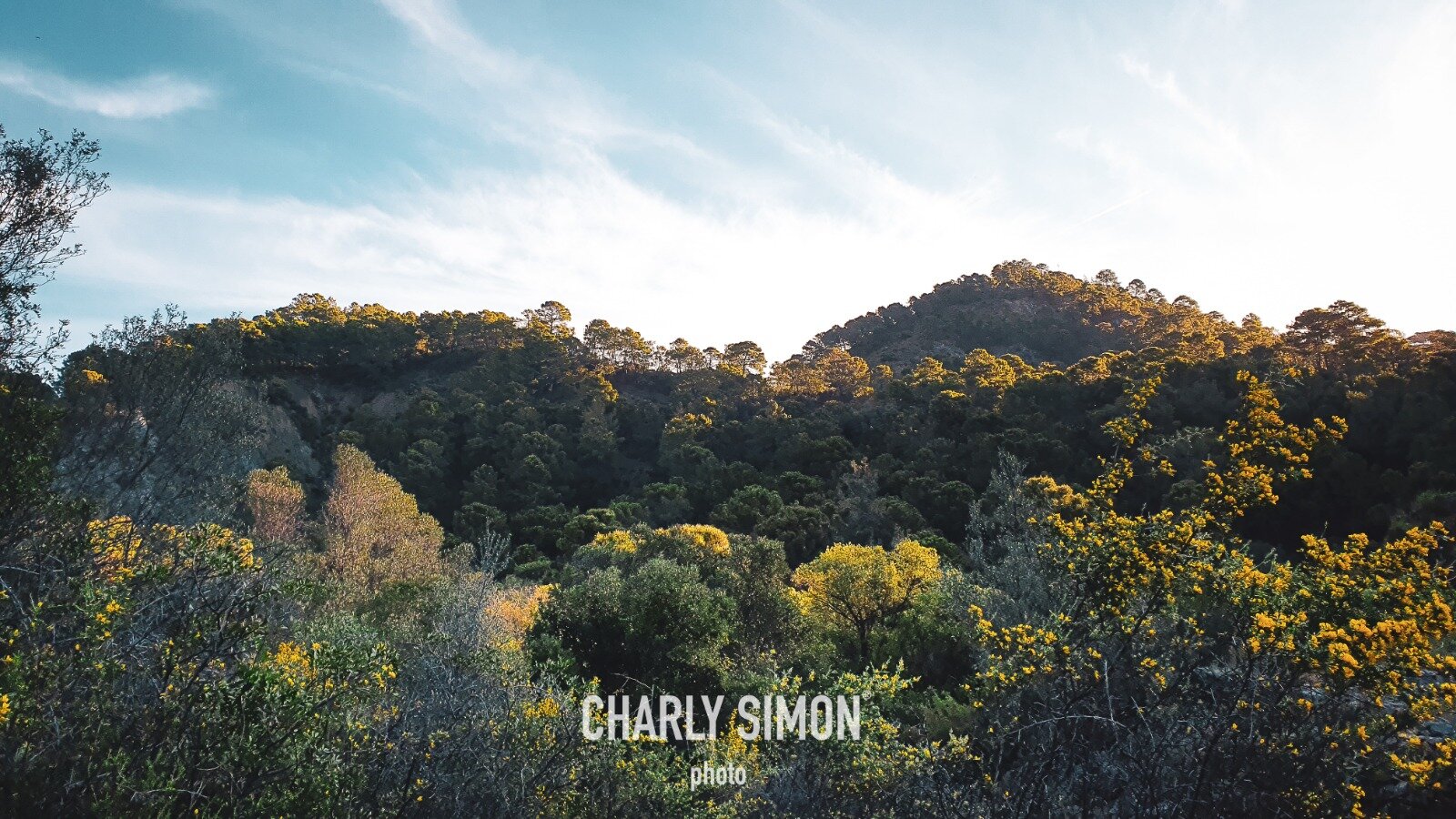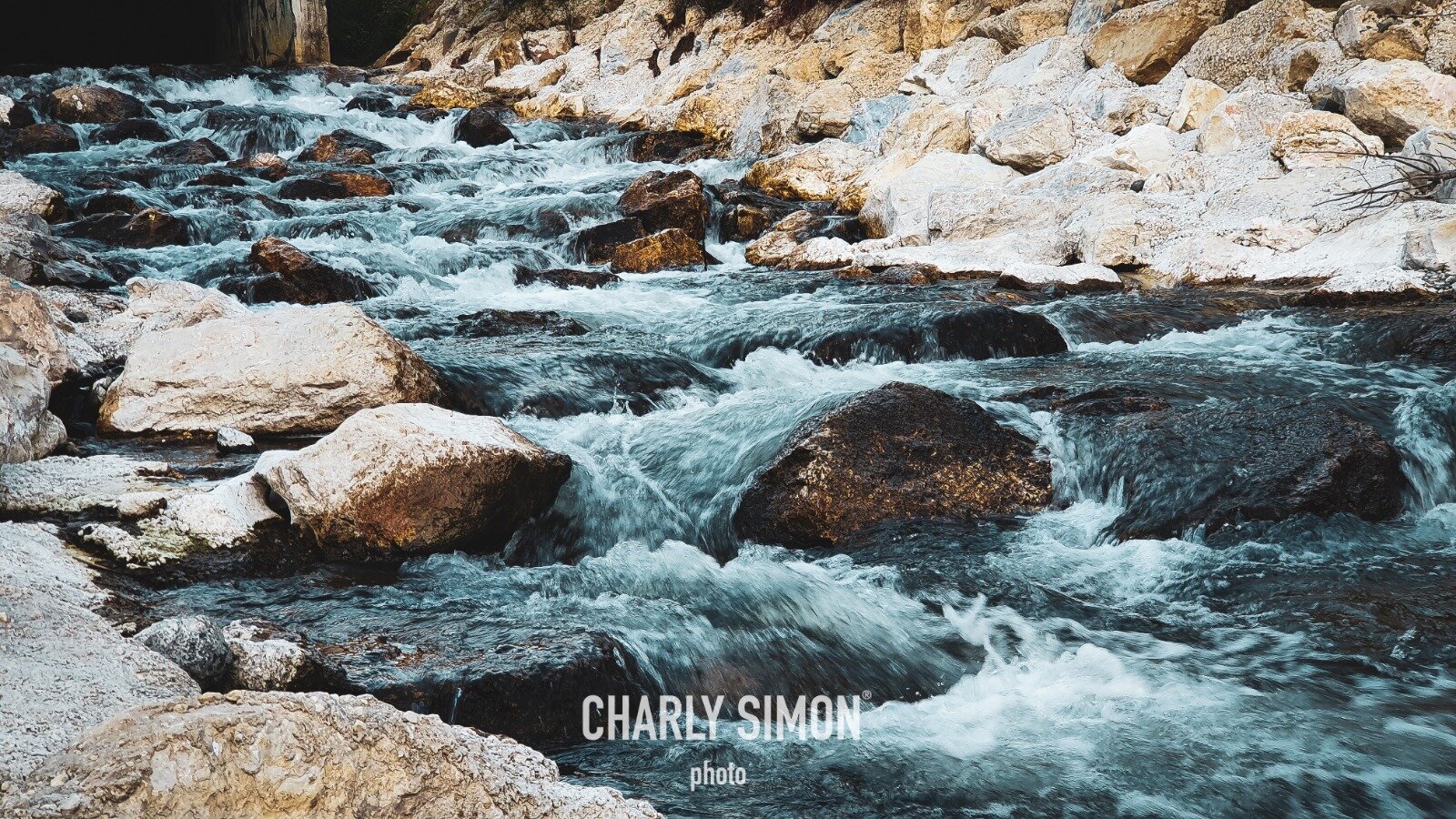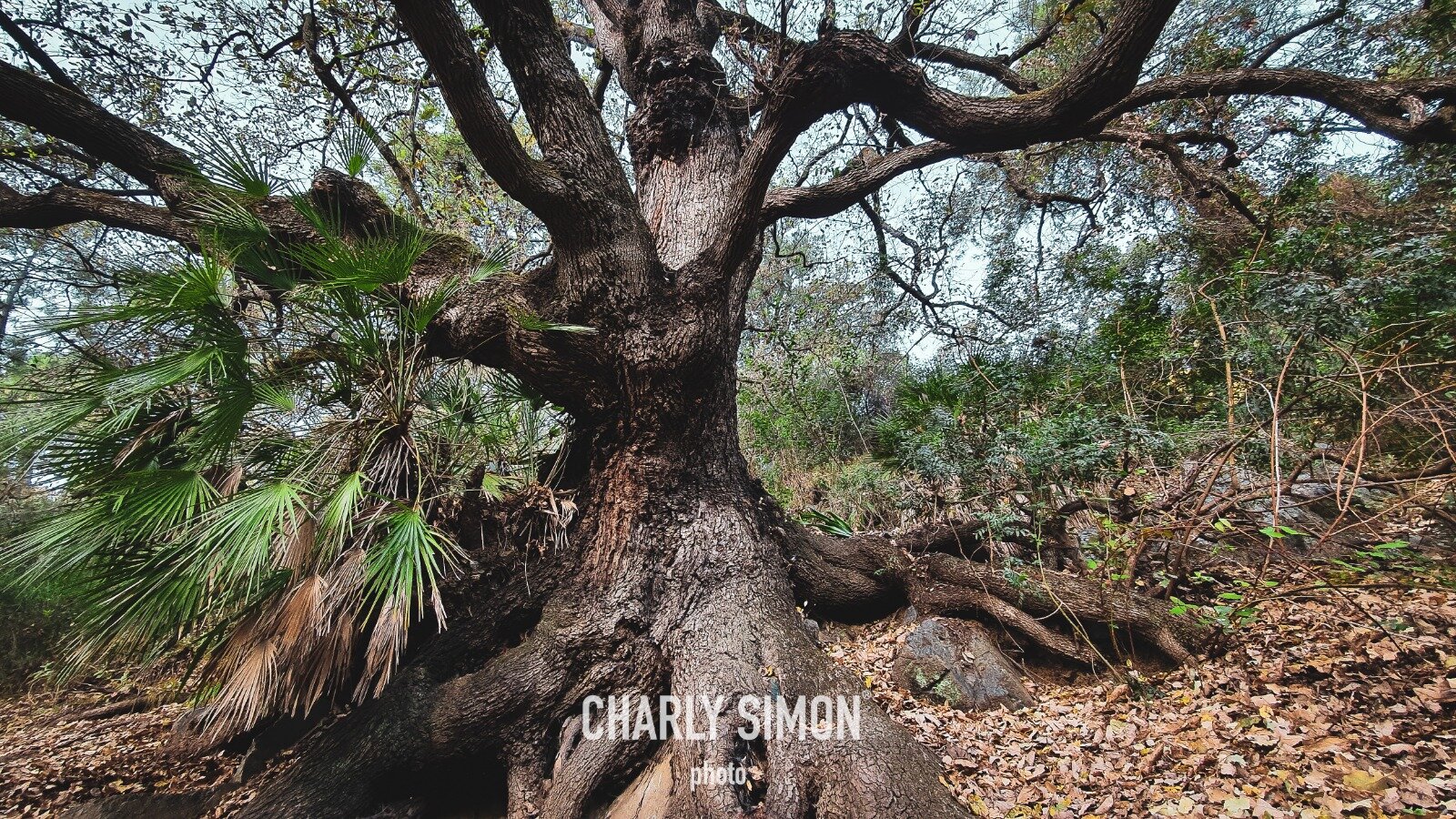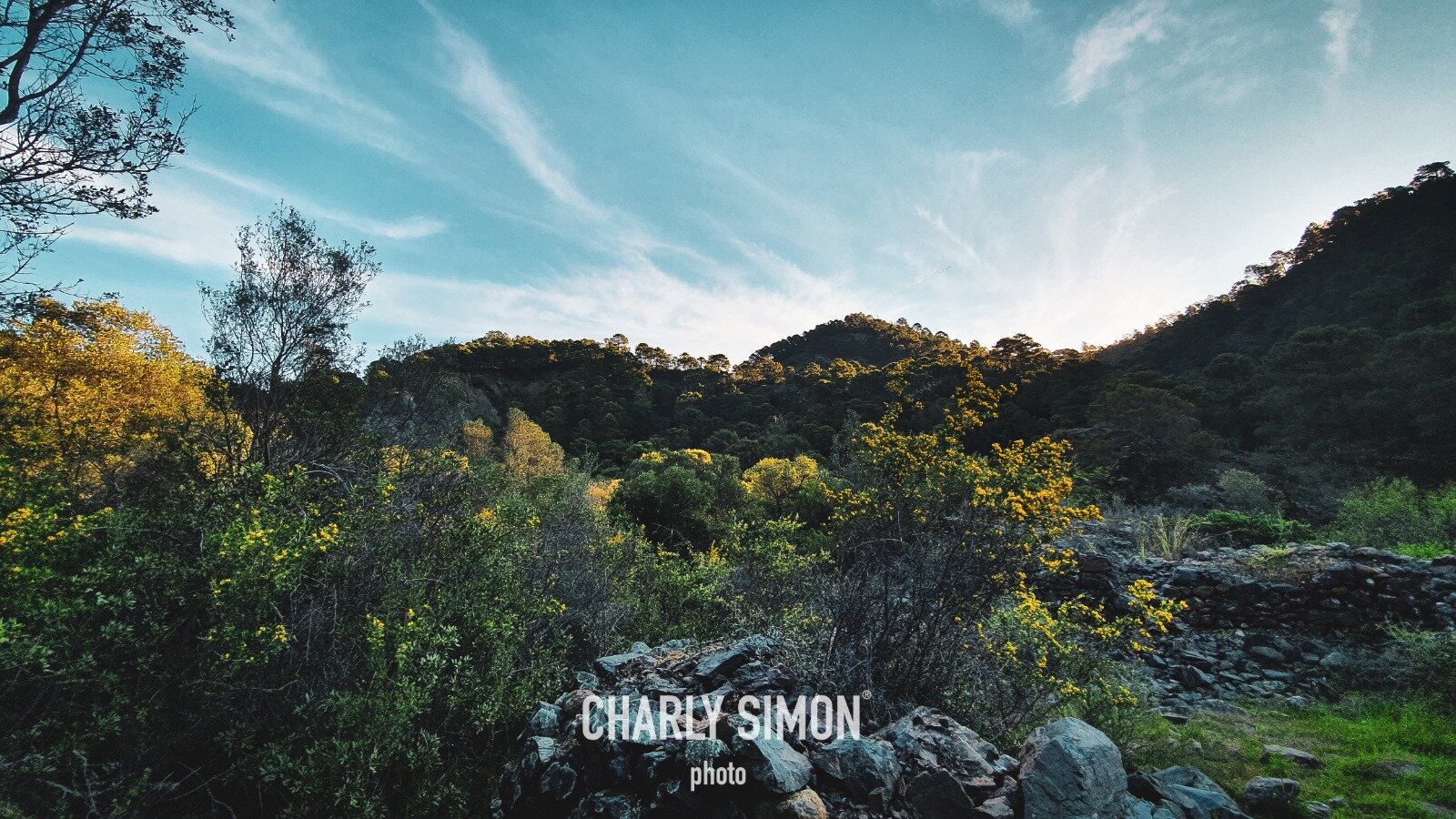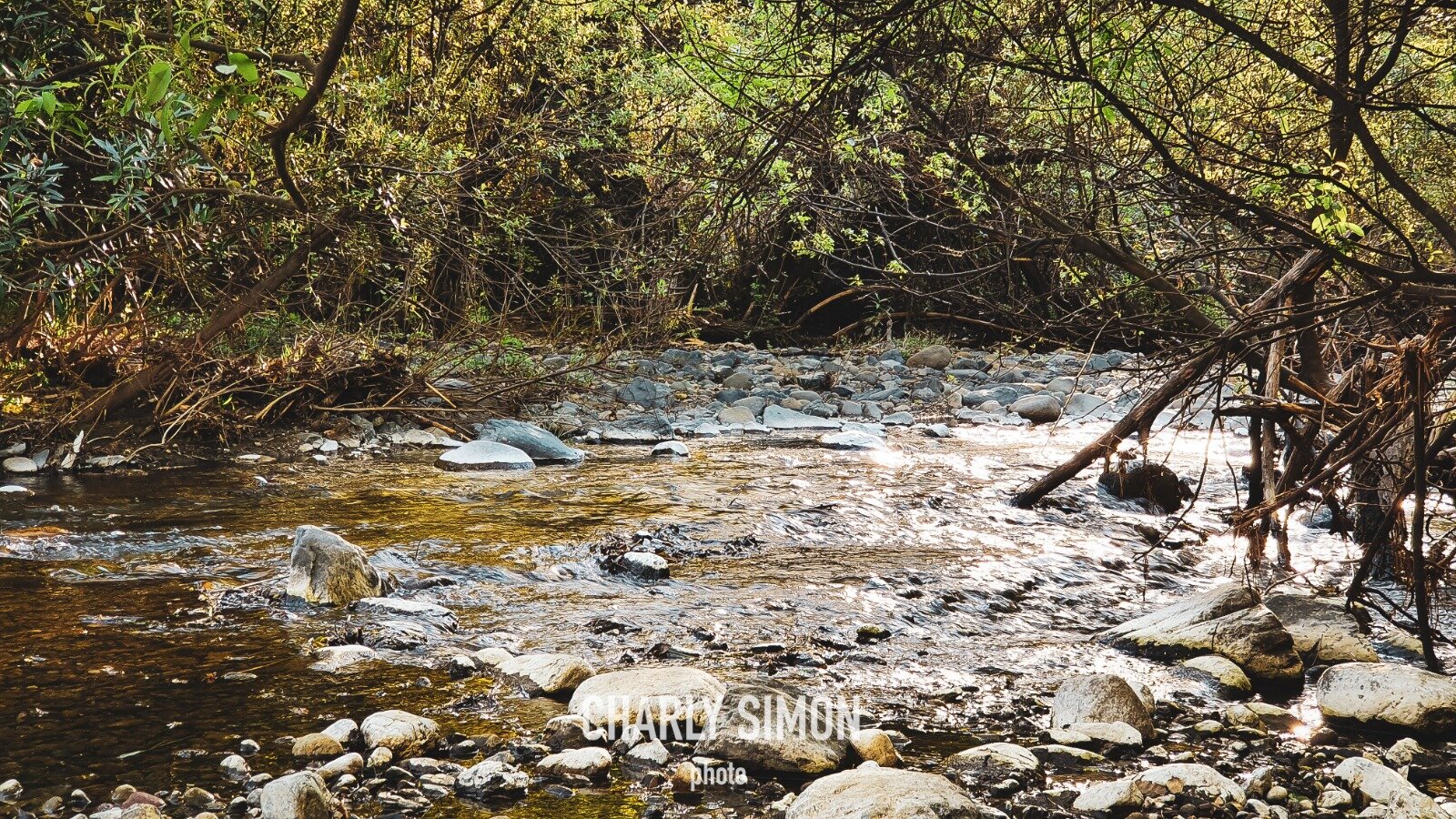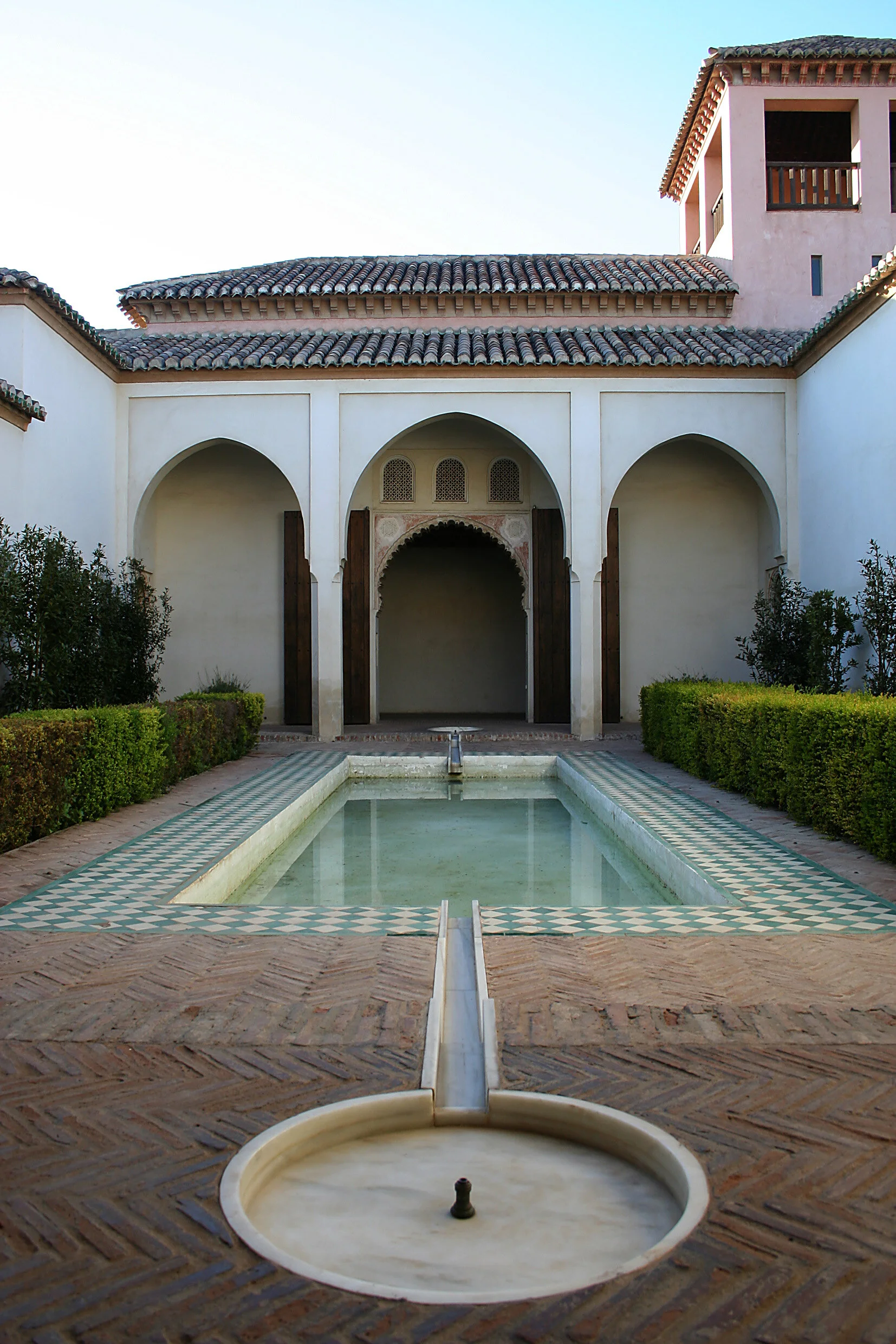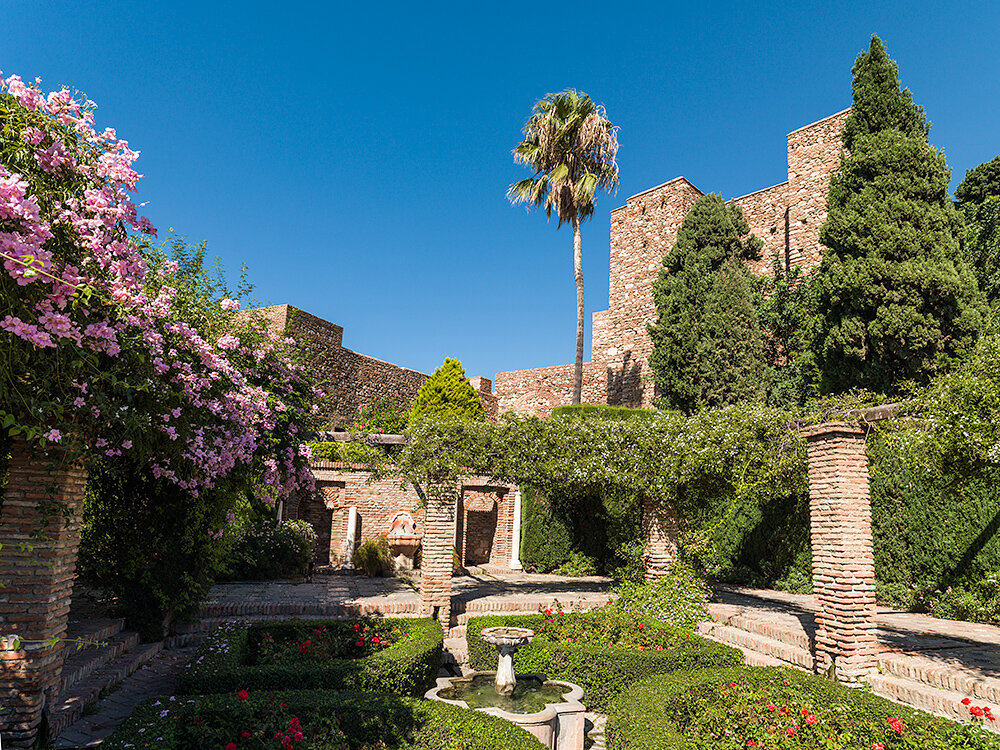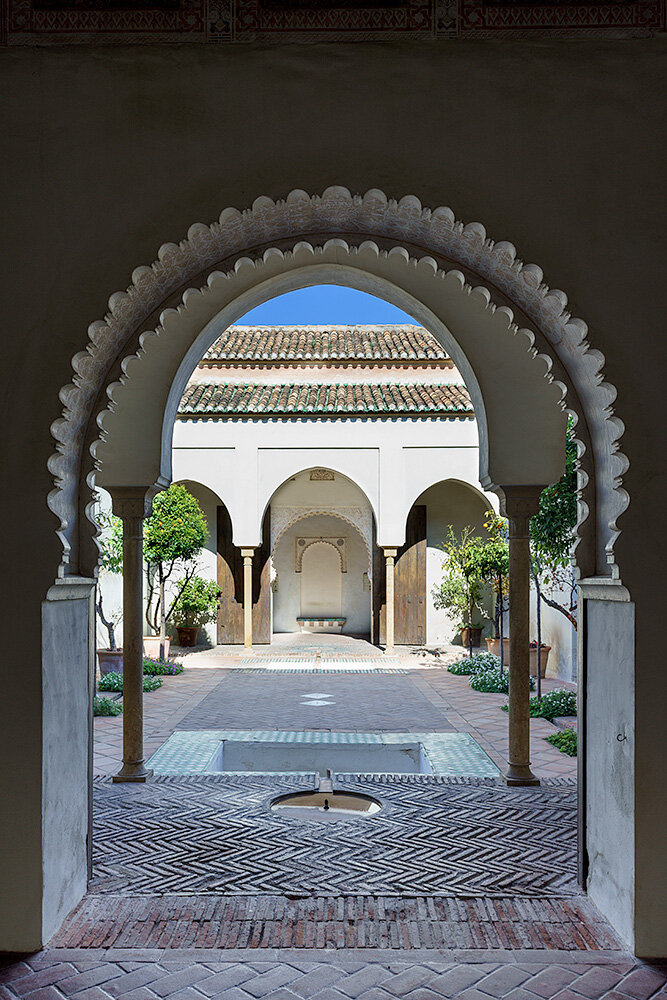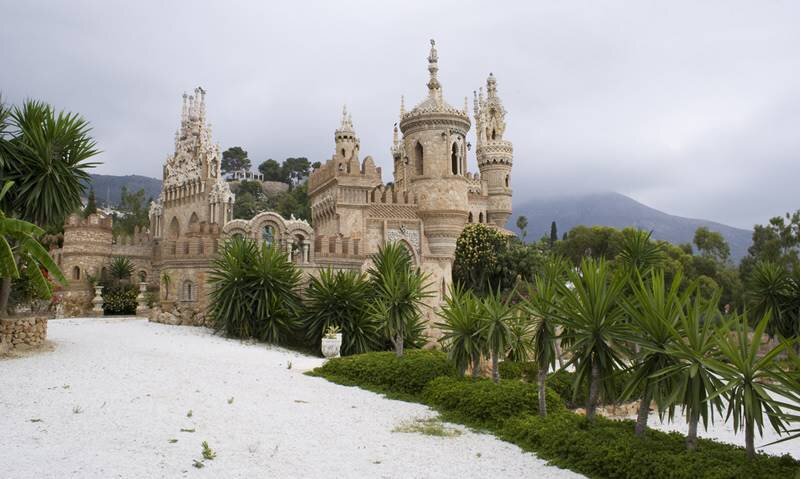Si existe un pueblo turístico que muchos viajeros quieren conocer, sin duda estamos hablando de Ronda, situada en la provincia de Málaga a unos 50 km desde Benahavis.
Este es el recorrido que desde Benahavislife.com recomendamos para realizar en un día visitando esta maravillosa ciudad, esperamos que sirva de ayuda,
Se puede empezar la visita desde la Alameda del Tajo, siglo XIX, sin olvidarse de asomarse al mirador para admirar el paisaje.
Justo al lado de la Alameda se ubica la plaza de Toros, que fue inaugurada en 1785 convirtiéndose en una de las más antiguas de España, siendo declarada Bien de Interés Cultural en 1993.
El toreo es parte fundamental de la cultura de este pueblo así que si quieres conocer más sobre ello, la figura de los hermanos Ordoñez, las goyescas o Pedro Romero, no puedes perderte la visita al museo de la propia plaza de Toros.
Desde allí, camina hacia la Plaza de España, donde vas a encontrarte con el Parador y el Puente Nuevo, monumento emblemático, a través del cual podrás adentrarte hacia la parte más antigua y monumental de Ronda.
Este Puente fue construido a finales del siglo XVII sobre el rio Guadalevín y permite cruzar el desfiladero delTajo.
En el mismo Puente podrás visitar un centro de interpretación bastante interesante. Allí podrás conocer acerca de la construcción del mismo, de su entorno natural y de su importancia desde que se construyó para el desarrollo del pueblo.
Cruzando el Puente Nuevo lo mejor es callejear para encontrarte con los puntos más turísticos, como son:
Casa de Don Bosco
Se trata de un edifico modernista construido en el siglo XIX – XX que alberga en su interior un jardín con impresionantes vistas del tajo, por lo que te recomiendo su visita si quieres tomar unas buenas instantáneas del Puente Nuevo y el desfiladero del Tajo.
Palacio de Mondragón
Aunque su origen sea mudéjar se mezclan distintos estilos arquitectónicos de varias épocas históricas, y son dignos de destacar sus patios.
Se cree que este edificio ya existía en la Edad Media. Actualmente alberga el Museo de Ronda que narra mediante su colección permanente, la historia de la Comarca.
Murallas y puertas Islámicas
Hoy día aún se conservan algunos puntos de las antiguas murallas y puertas islámicas, como es el caso de la foto que verás a continuación.
Se trata de el Alminar de San Sebastián, que en su origen islámico fue parte de una Mezquita del siglo XIV.
Pero además de este Alminar, existen otros puntos interesantes de esa época, como son las Murallas de la Albacara, cuya función era proteger los molinos que existieron en la zona del Tajo, conservándose actualmente la Puerta de los Molinos o Arco del Cristo y Puerta del Viento.
También cabe destacar los restos arqueológicos del Puente Viejo Árabe del siglo XV – XVI.
Otro punto interesante son la Muralla y Puerta de Cuara, que en aquellos tiempos comunicaba el Arrabal con la Medina.
Y por último, destacar las Murallas y Puertas de Almocábar construidas en el siglo XIII fueron las puertas de acceso principal a la ciudad.
Casa del Gigante
Palacio de origen nazarí, siglo XIII – XV que conserva en su interior un precioso artesonado nazarí y una importante colección de yeserías. Este palacio fue el único de estilo nazarí construido fuera de Granada.
Ayuntamiento
Construido en 1734 tuvo función de Cuartel.
Palacio de los Marqueses de Moctezuma
Fue un importante edificio civil que guarda en su interior un artesonado mudéjar y una iglesia neo-gótica.
Actualmente es un Museo y en él se acoge la Colección Permanente de Joaquín Peinado, pintor rondeño, importante exponente de la Escuela de París.
Iglesia de Santa María la Mayor y la Iglesia del Espíritu Santo
Construidas en el siglo XV por los Reyes Católicos tras la conquista de Ronda.
La Iglesia de Santa María la Mayor fue Mezquita Mayor y se convirtió en Iglesia por Orden de Fernando el Católico mientras que la Iglesia del Espíritu Santo fue una iglesia – fortaleza.
Convento de Santo Domingo
Este Convento domenico, que fue mandado a construir por los Reyes Católicos en el siglo XVI, actualmente alberga el Palacio de Congresos.
Fuente de los ocho caños
Construida en el siglo XVIII por Felipe V. En la parte frontal posee los ochos caños de agua potable que eran utilizados por los rondeños durante generaciones y por la parte de detrás se ubica un abrevadero donde bebían los caballos.
Baños Árabes
Fueron construidos en época nazarí, siglo XIII – XIV, están localizados en la zona de la antigua judería y tras la conquista cristiana fueron abandonados.
Más adelante quedarían sepultados por las crecidas del río hasta que se llevaron a cabo las excavaciones de la zona en el siglo XX, dejando al descubierto las salas de baño de agua templada, fría y cálida.
LOCALIZACION




